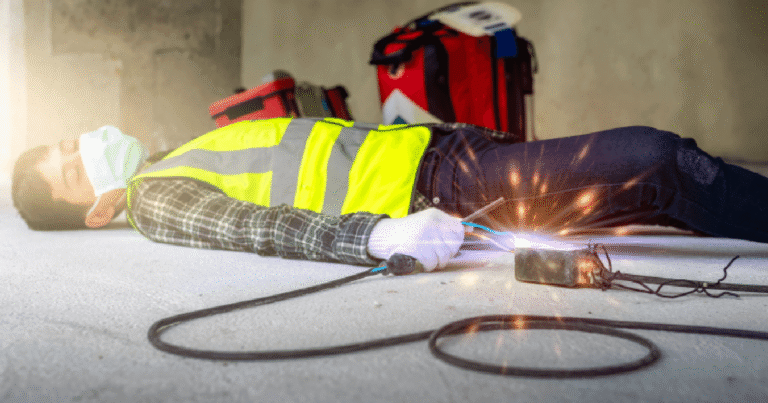Fainting and Breathing
How to Perform the Right First Aid Intervention
What is Fainting?
Fainting, also known as syncope, is a temporary loss of consciousness that usually happens due to a lack of blood flow and oxygen to the brain. In most cases, it lasts only a few seconds or minutes, and the person regains consciousness on their own. While fainting may seem minor, it can sometimes be a warning sign of a more serious medical condition.
Common Causes of Fainting
- Sudden drop in blood pressure.
- Dehydration or fluid loss.
- Standing for a long period of time.
- Extreme fear, stress, or anxiety.
- Low blood sugar levels.
- Heart or breathing problems.
First Aid Steps for Fainting
1. Check for Breathing
- Ensure the person is breathing normally.
- If breathing is regular, lay the person on their back and elevate their legs about 30 cm (12 inches) to help blood flow back to the brain.
2. Make the Area Safe
- Remove any sharp or dangerous objects nearby.
- Keep the environment calm and comfortable.
3. Loosen Tight Clothing
- Loosen ties, belts, or any clothing that may restrict breathing.
4. When to Place the Person in the Recovery Position
- If the person is unconscious but still breathing.
- If there is a risk of vomiting or airway obstruction.
- If the person remains unresponsive for more than one minute but continues to breathe normally.
How to do it:
Bend one arm and leg on the same side, then gently roll the person onto their side. Tilt the head slightly backward and position the mouth downward to keep the airway clear and allow fluids to drain safely.

5. If Breathing Stops
- If the person is not breathing, start CPR (Cardiopulmonary Resuscitation) immediately and call emergency medical services.
When to Call Emergency Help Immediately
- If fainting lasts longer than two minutes.
- If fainting happens repeatedly.
- If accompanied by chest pain, shortness of breath, or irregular heartbeat.
- If the person has a history of heart disease or diabetes.
Tips to Prevent Fainting
- Stay hydrated by drinking enough water daily.
- Avoid standing still for long periods without movement.
- Eat balanced meals regularly to maintain stable blood sugar.
- Exercise regularly to improve circulation and overall health.
Conclusion
Fainting is a common medical emergency that can be mild or a warning sign of a serious health issue. Knowing how to act quickly and placing the person in the recovery position if they are unconscious but still breathing helps protect the airway and prevent complications. If fainting is frequent or associated with alarming symptoms, professional medical advice should be sought immediately.




